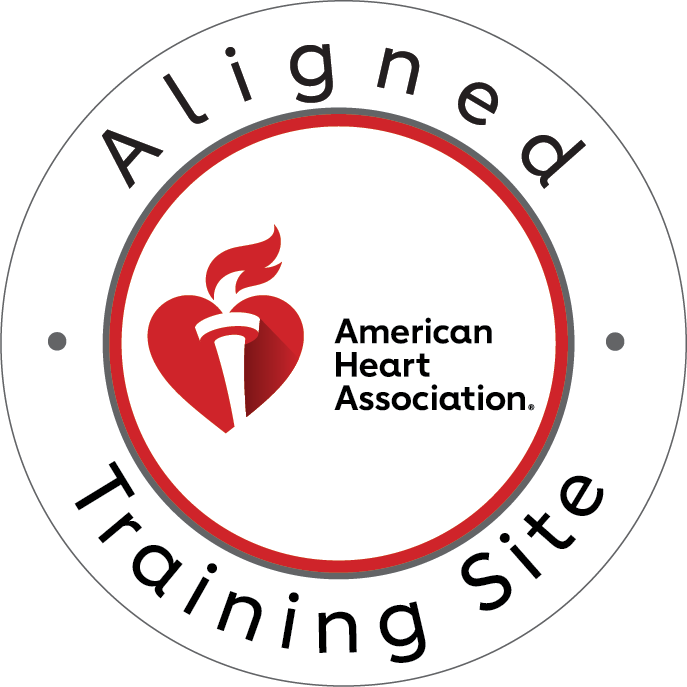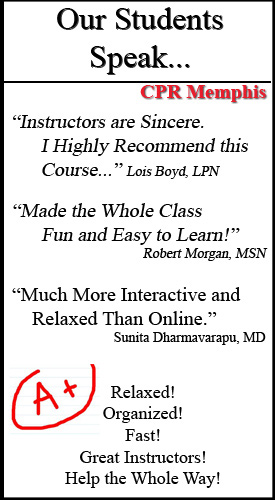CPR, or Cardiopulmonary Resuscitation, stands as a paramount life-saving technique, capable of bridging the gap between life and death in critical situations. The importance of understanding and mastering the seven steps of CPR cannot be overstated. In this comprehensive guide, we will delve into the intricacies of CPR, its seven essential steps, and the profound impact it can have when administered correctly.
Imagine finding yourself in a situation where a loved one or a stranger suddenly experiences cardiac arrest, struggling for every breath. Your knowledge of CPR and your ability to perform it effectively can be the beacon of hope that preserves life until professional medical help arrives.
Understanding the 7 Steps of CPR
- Recognition of Emergency
The first step in the CPR process is swift recognition of a medical emergency that necessitates CPR. It could be a person collapsing without warning, gasping for breath, or showing no signs of life. Recognizing this critical moment can be the difference between life and death.
- Checking Responsiveness
Once the emergency is recognized, the next step is to determine if the victim is responsive. This involves tapping the person and shouting loudly, “Are you okay?” while checking for any signs of movement or responsiveness. If there is no response, immediate action is imperative.
- Activating Emergency Medical Services (EMS)
Promptly call for professional medical assistance by dialing emergency services (911 or local emergency number). The arrival of EMS personnel is essential for advanced medical care and support. Remember, the sooner they arrive, the better the chances of survival.
- Starting Chest Compressions
Chest compressions are a cornerstone of CPR. To perform them effectively, place the heel of one hand on the center of the victim’s chest, just below the nipple line. Place the other hand on top and interlock the fingers. Keep your elbows straight, position your shoulders directly over your hands, and use your upper body weight to compress the chest at least 2 inches deep at a rate of 100-120 compressions per minute.
- Providing Rescue Breaths
Rescue breaths involve delivering two effective breaths after 30 chest compressions. Tilt the victim’s head backward to open the airway, pinch their nose shut, and create a complete seal over their mouth with yours. Deliver each breath over about 1 second, ensuring the chest rises visibly. Continue the cycle of 30 chest compressions and 2 rescue breaths.
- Proper Hand Placement
The correct hand placement during chest compressions is crucial. Ensure that your hands are positioned as described earlier, with proper alignment over the victim’s chest. Proper hand placement maximizes the effectiveness of chest compressions, allowing for adequate circulation.
- Utilizing an Automated External Defibrillator (AED)
AEDs are life-saving devices that can analyze a person’s heart rhythm and deliver an electric shock if necessary. These devices are user-friendly and come with voice prompts to guide users through the process. Attach the AED pads to the victim’s chest as instructed, and follow the device’s prompts closely.
Common CPR Mistakes to Avoid
As vital as it is to understand the 7 steps of CPR, it’s equally crucial to be aware of common mistakes to ensure optimal CPR performance. Some common errors to avoid include:
- Insufficient Compression Depth: Failing to compress the chest deep enough can reduce the effectiveness of CPR. Ensure compressions are at least 2 inches deep.
- Inadequate Compression Rate: Compressions should be administered at a rate of 100-120 compressions per minute. Avoid going too slow or too fast.
- Improper Hand Placement: Correct hand placement directly over the center of the chest is vital for effective chest compressions.
- Neglecting Rescue Breaths: In cases where rescue breaths are indicated, neglecting them can diminish the victim’s chances of survival. However, if you do not know the person or do not have a barrier device, hands-on/compressions-only CPR is better than no CPR.
Importance of CPR Training
While understanding the 7 steps of CPR is invaluable, formal CPR training is indispensable. CPR certification equips individuals with the knowledge and hands-on practice necessary to respond effectively in emergency situations. It empowers both individuals and communities to be prepared for cardiac emergencies and potentially save lives.
Mastering the 7 steps of CPR is not just an admirable skill but a responsibility that can make a profound difference in the face of a cardiac emergency. Recognizing the emergency, checking responsiveness, activating EMS
We encourage every individual to seek formal CPR certification and training to equip themselves with the knowledge and skills needed to respond effectively during cardiac emergencies. By mastering CPR, you become a beacon of hope, ready to act decisively when it matters most.
If you live in the Memphis area and want to learn how to perform CPR properly, look no further than CPR Memphis. As an American Heart Association training site, CPR Memphis offers top-notch instruction in BLS, ACLS, PALS, and more. Their hands-on, stress-free classes will ensure you master the 7 key steps of CPR. Sign up for CPR certification in Memphis today and gain the skills and confidence to provide this life-saving technique when an emergency strikes. With the best CPR training in Memphis, CPR Memphis empowers you to step up and make a difference.





